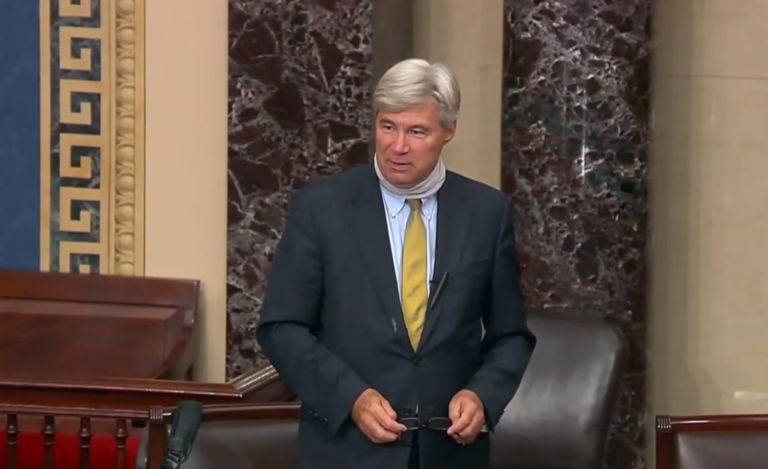Weekly John Locke Foundation research division newsletter focusing on environmental issues.
This newsletter highlights relevant analysis done by the JLF and other think tanks as well as items in the news.
1. A culture of deception and fraud — Has the world of peer-reviewed science embraced the ethics of the Obama administration?
By defining misconduct in terms of behaviours… we have to rely on whistle-blowers to discover it, unless the fabrication is so obvious as to be apparent from papers. It is rare for misconduct to have witnesses; and surveys suggest that when people do know about a colleagues’ misbehaviour, they rarely report it…Only the most clear-cut cases are ever exposed.
Is this from a newspaper story discussing the recent scandals plaguing President Obama? No. It is from a commentary published in the February edition of the respected scientific journal Nature, and it refers to the growing problem of fraud and data fabrication in scientific research and publications.
The article’s author, Daniel Fanelli, claims that in the academic scientific literature there is "an epidemic of false, biased and falsified findings." He further claims that the scientific community’s "defences are week." Sounding familiar? He further notes that, "only the most egregious cases of misconduct are discovered and punished. Subtler forms slip through the net, and there is no protection from publication bias."
Joseph Bast, President of Heartland Institute, has experienced this culture of corruption in science first hand. He recounts his experience in a blog post where he discusses Fanelli’s Nature commentary:
I speak…about disgraced climate scientist Peter Gleick, once and still president of the Pacific Institute, a California-based nonprofit organization. In February 2012, Gleick confessed to stealing the identity of another person in order to obtain confidential documents from The Heartland Institute, another nonprofit organization that promoted views on climate change of which Gleick disapproved. Gleick disseminated the stolen documents, along with a fake memo he originally claimed had come from Heartland but later claimed to have received "in the mail" from an "anonymous source," to environmental activists and reporters.
What is most disturbing about this incident though is how, more than a year later, the scientific community has responded. It is embracing the same culture of bullying and deception that has spread through government. According to Bast:
A few scientists condemned the actions, but others excused and even praised Gleick for "exposing" a group that took an unpopular position on a major scientific controversy. In some circles, Gleick is a hero.
And what should have happened? Bast continues:
Following Fanelli’s reasoning, [the scientific community] ought to have sternly criticized Gleick. It should have sent a message to all scientists that such behavior is not tolerated, that violating ethical and legal rules has consequences. Gleick should have been excommunicated from the community of scholars he had shamed.
This raises two fundamental questions, both for science and for government: are the "legal rules" referred to still in force, and are they ever really enforceable in the face of rulers — in the case of science, journal editors and referees — who are not willing to enforce them? Furthermore, what does this say about the rule of law more generally, again both in scientific discovery and in government? Is it recoverable, or has it been degraded beyond recovery by men with power who refuse to respect it? Clearly the jury is out on these questions. But one thing has become clear. The rule of law can only succeed if it is backed by the will of men.
2. Ozone Report of 2013
The 2013 ozone season began on April 1 and, as in the past, each week during the ozone — often called smog — this newsletter will report how many, if any, high ozone days have been experienced throughout the state during the previous week, where they were experienced, and how many have been recorded during the entire season to date. According to current EPA standards, a region or county experiences a high ozone day if a monitor in that area registers the amount of ozone in the air as 76 parts per billion (ppb) or greater. The official ozone season will end on October 31. All reported data is preliminary and issued by the North Carolina Division of Air Quality, which is part of the state’s Department of Environment and Natural Resources. During the period from May 13 to May 19, one high-ozone day was recorded. I was on a monitor in Forsyth County. This was the first high ozone day recorded in the 2013 ozone season.
The table below shows all of North Carolina’s ozone monitors and the high reading on those monitors for each day of the 7-day period, May 13 to May 17.



